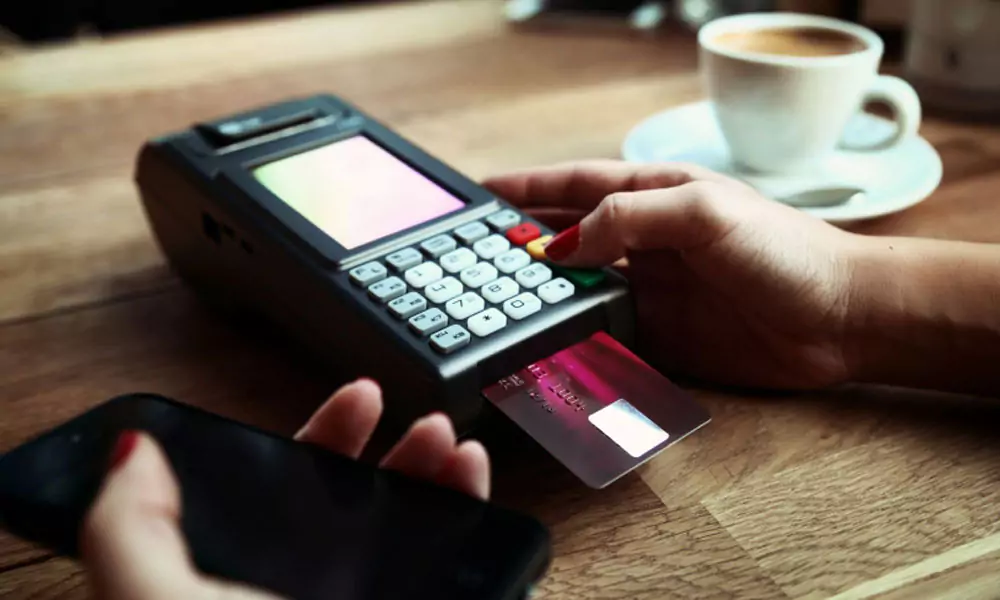Many small businesses operate on tight margins. That’s one reason they have been slow to upgrade their payment systems to accept EMV chip-enabled cards. Many are also stymied by the cost and complexity of the required changes.
October 2015 marked the deadline for small businesses to upgrade their payment systems. As the one-year anniversary recently passed, small businesses need to take a fresh look at what’s at stake.
The chip-card rollout has been bumpy for merchants, consumers and card issuers alike. But the reality is that small businesses have the most to lose. In fall 2015, liability for in-store fraudulent charges shifted to merchants from card issuers and banks.
If merchants accept a chip card in-store but run it as a magnetic-stripe card, they are liable if the card turns out to be counterfeit, stolen or compromised.
Yet many small businesses are unprepared. In the latest CAN Capital Small Business Health Index, 73 percent of small business owners said their current POS systems were not EMV compatible. Even with the potential to be liable for fraud costs, seventy percent of small business owners do not plan to invest in new payments technology in the next twelve months.
As they look ahead to the busy holiday shopping season, small business owners should consider how to protect themselves in the new environment — and even gain a competitive advantage.
Work with your provider, or find a new one.
Merchants can turn first to their payment-processing partner. The provider should be able to guide you through the chip-compatible options available. You may be able to add an EMV-capable machine to an existing POS system or you might need a new system.
Costs can vary. Take the time to talk to several POS providers to be sure you get the system you need at a price you can afford. The upgraded technology could pay for itself down the line by reducing payments related to in-store fraud.
Once you make a decision, push for a firm delivery date for your new or upgraded system. The holiday shopping season kicks off in just a few months. You want your system up and running well in advance of Black Friday.
Finally, explore all your financing options. Some merchants have found that for the relatively modest sums they need to upgrade their payment systems, online lenders are a good option. These capital providers often specialize in smaller loans. They can also make the money available quickly and with less paperwork and hassle than some traditional capital sources.
Choose a system that accepts chip cards and mobile payments.
The future will be chip-enabled but also contactless. More people are turning to mobile payments. They like the speed and ease of contactless payments and the app-based loyalty features many companies offer.
Thirty-four percent of small businesses currently accept mobile payments such as Apple Pay, a big increase from April 2015 when only 13 percent were accepting this form of payment, according to the Small Business Health Index.
The growing adoption of mobile payments is driving the use of NFC POS terminals. The good news for merchants is that NFC terminals can also accommodate the EMV payment process. NFC payments are as secure as chip-enabled card payments and can process transactions almost instantaneously. Future-proof your business by investing in this technology now, so you don’t have to upgrade again in a few years.
Embrace the competitive advantages.
As the chip evolution unfolds, customers are getting used to dipping rather than swiping, and waiting a few extra seconds for the transaction to process. They are also starting to appreciate the added security.
EMV chip technology works. According to Mastercard, among the company’s top five EMV-enabled merchants, counterfeit fraud in terms of U.S. dollars has dropped by over 60 percent.
Unlike magnetic-swipe cards, which carry static information (and are based on the same technology as cassette tapes), the embedded microchip constantly updates information. That means your customers are better protected from identity theft and other fraudulent activity.
Entrepreneurs work hard to build and protect their business’s reputation. Securing payments will help ensure that you don’t lose that reputational currency (along with actual dollars).
As we pass the one-year anniversary of the deadline for accepting chip cards, it’s time for lagging business owners to take action. With the liability shift, the potential cost of delay could be higher than many people realize. It will take time and money to upgrade but it could help protect your customers and your business.


